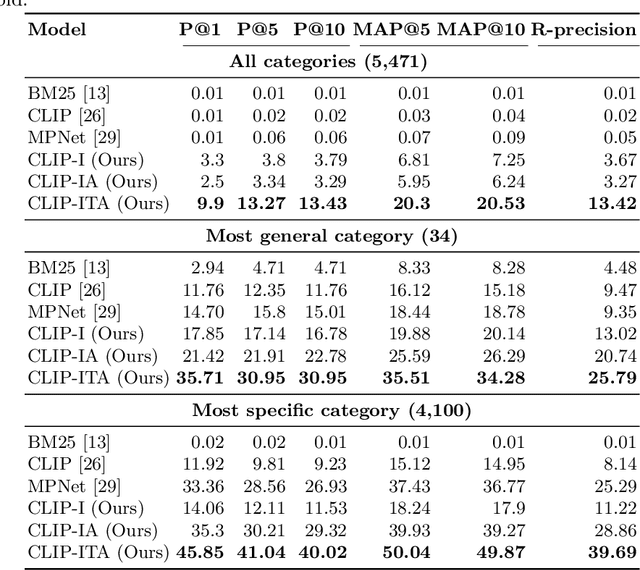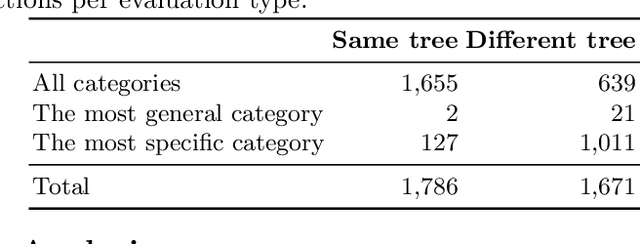Ernst Kuiper
Pfeed: Generating near real-time personalized feeds using precomputed embedding similarities
Mar 06, 2024



Abstract:In personalized recommender systems, embeddings are often used to encode customer actions and items, and retrieval is then performed in the embedding space using approximate nearest neighbor search. However, this approach can lead to two challenges: 1) user embeddings can restrict the diversity of interests captured and 2) the need to keep them up-to-date requires an expensive, real-time infrastructure. In this paper, we propose a method that overcomes these challenges in a practical, industrial setting. The method dynamically updates customer profiles and composes a feed every two minutes, employing precomputed embeddings and their respective similarities. We tested and deployed this method to personalise promotional items at Bol, one of the largest e-commerce platforms of the Netherlands and Belgium. The method enhanced customer engagement and experience, leading to a significant 4.9% uplift in conversions.
Scene-centric vs. Object-centric Image-Text Cross-modal Retrieval: A Reproducibility Study
Jan 12, 2023Abstract:Most approaches to cross-modal retrieval (CMR) focus either on object-centric datasets, meaning that each document depicts or describes a single object, or on scene-centric datasets, meaning that each image depicts or describes a complex scene that involves multiple objects and relations between them. We posit that a robust CMR model should generalize well across both dataset types. Despite recent advances in CMR, the reproducibility of the results and their generalizability across different dataset types has not been studied before. We address this gap and focus on the reproducibility of the state-of-the-art CMR results when evaluated on object-centric and scene-centric datasets. We select two state-of-the-art CMR models with different architectures: (i) CLIP; and (ii) X-VLM. Additionally, we select two scene-centric datasets, and three object-centric datasets, and determine the relative performance of the selected models on these datasets. We focus on reproducibility, replicability, and generalizability of the outcomes of previously published CMR experiments. We discover that the experiments are not fully reproducible and replicable. Besides, the relative performance results partially generalize across object-centric and scene-centric datasets. On top of that, the scores obtained on object-centric datasets are much lower than the scores obtained on scene-centric datasets. For reproducibility and transparency we make our source code and the trained models publicly available.
Extending CLIP for Category-to-image Retrieval in E-commerce
Jan 04, 2022



Abstract:E-commerce provides rich multimodal data that is barely leveraged in practice. One aspect of this data is a category tree that is being used in search and recommendation. However, in practice, during a user's session there is often a mismatch between a textual and a visual representation of a given category. Motivated by the problem, we introduce the task of category-to-image retrieval in e-commerce and propose a model for the task, CLIP-ITA. The model leverages information from multiple modalities (textual, visual, and attribute modality) to create product representations. We explore how adding information from multiple modalities (textual, visual, and attribute modality) impacts the model's performance. In particular, we observe that CLIP-ITA significantly outperforms a comparable model that leverages only the visual modality and a comparable model that leverages the visual and attribute modality.
 Add to Chrome
Add to Chrome Add to Firefox
Add to Firefox Add to Edge
Add to Edge